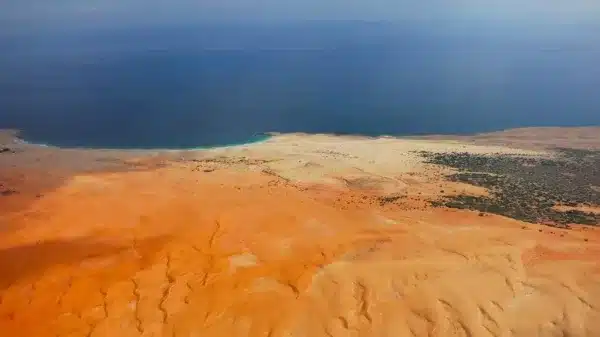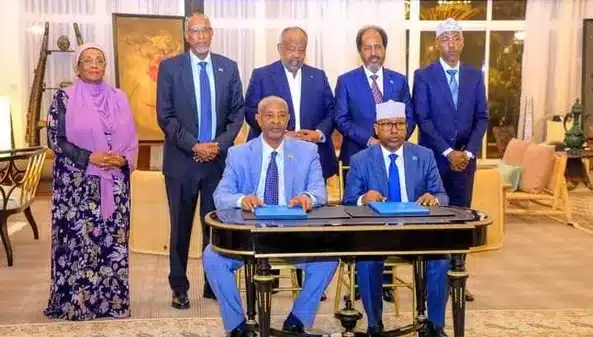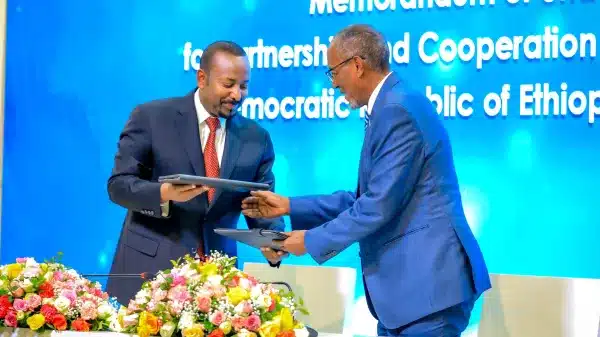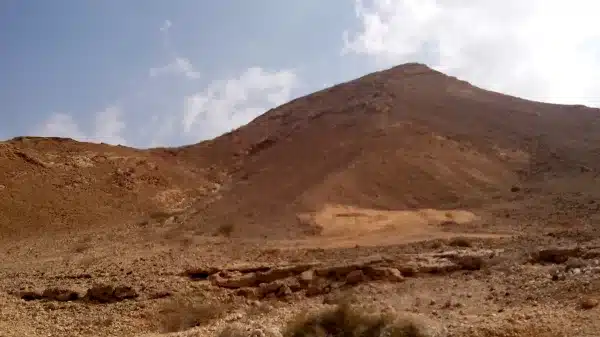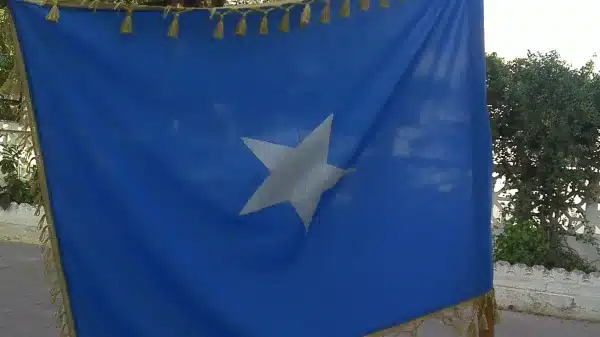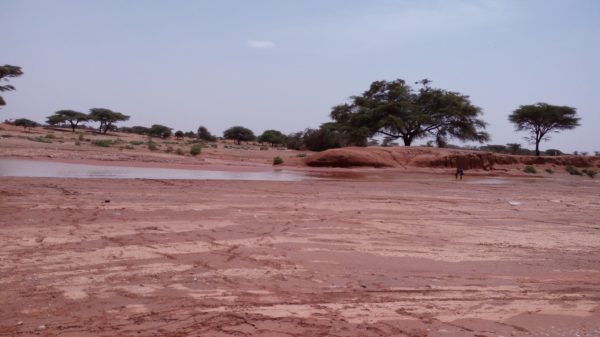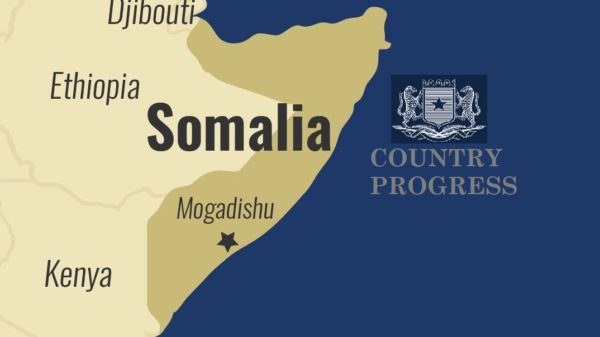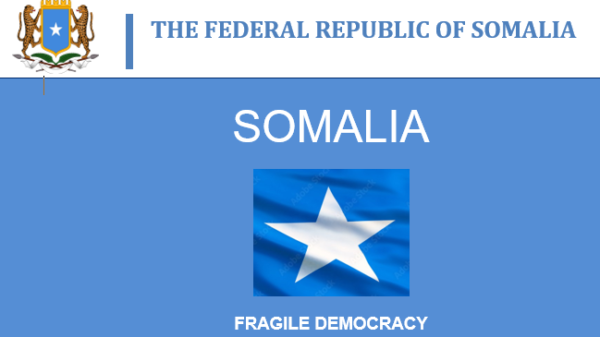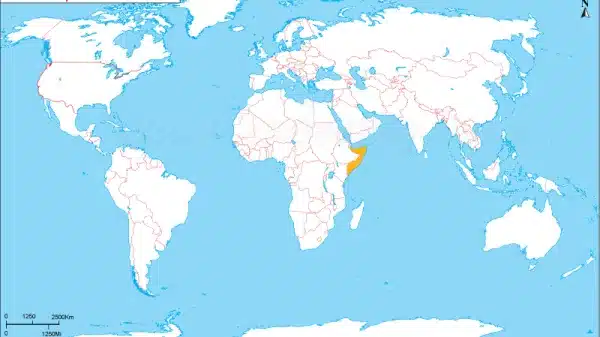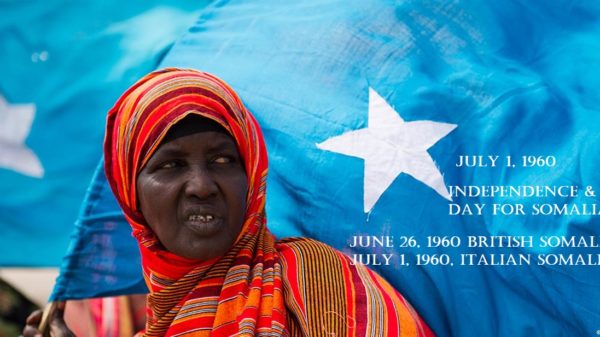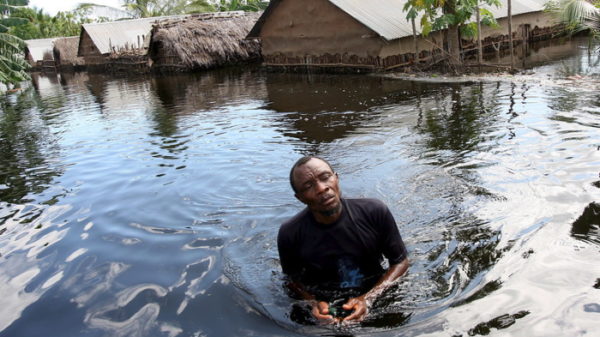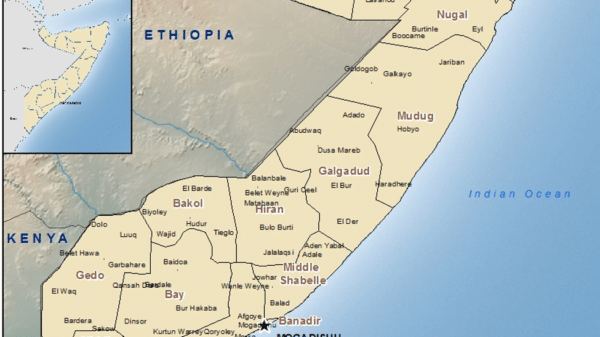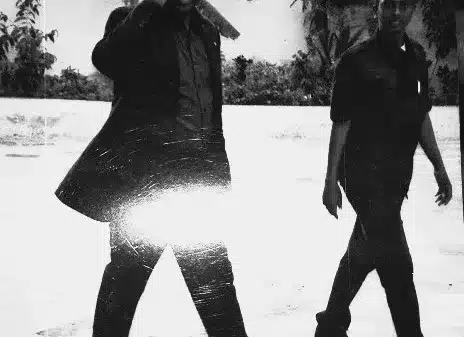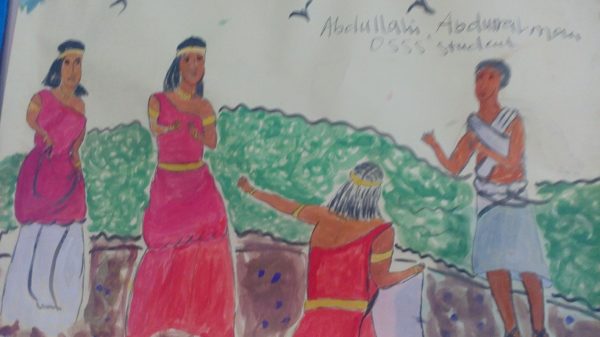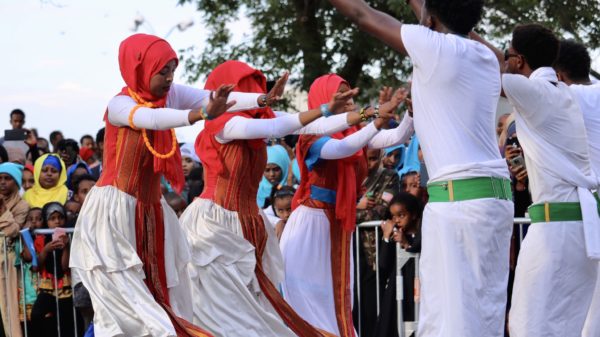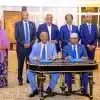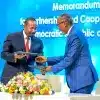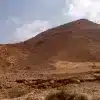FACTS
These are few facts about Somalia and the Somali Ethnic Community
| Photo | Category | Description |
|---|---|---|
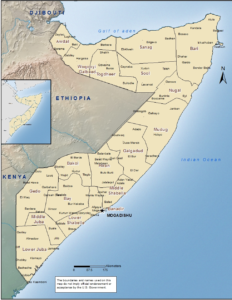 | Geography | Located in the Horn of Africa, by Land; Somalia is bounded by the Gulf of Aden to the north, by the Indian Ocean to the east, by Kenya and Ethiopia to the west, and by Djibouti to the northwest. |
| Population | 12 Million People on mainland, according by Somali Government in 2006 Estimates | |
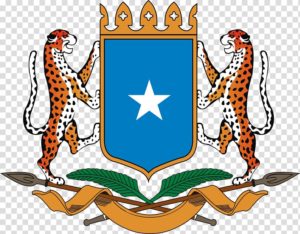 | Country | Somalia also known as the Somali Republic or the Somali Federal Republic |
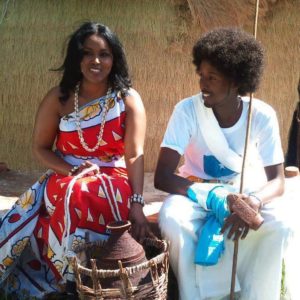 | People | plural noun: Somali or Somalis singular noun: Somali adjective: Somali Please note: Somalian is wrong to say relating to Somalia and the Somali people |
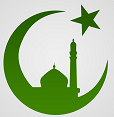 | Religion | Islam is the dominant religion of Somalia. Majority of 99% are Muslims, accepting Islam through introduction as their main faith from the arrival of Islam in the 7th century. |
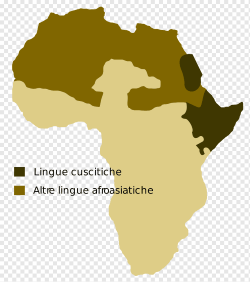 | Ethnicity | Somalis are part of the East Cushitic ethnic group natives of Somalia, Djibouti, Kenya and Ethiopia. |
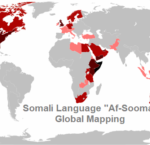 | Language | Somali is the official Language of the Somali People both Somalia and in the region. The Somali language has two dialects namely Maay and Maxaa. |
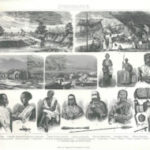 | Culture | One of Africa’s Most Culturally Homogeneous Countries, 85% of the country’s population comprises of ethnic Somalis. Somali has the Horn of Africa region’s most ancient heritage including cave paintings that date between 9,000 and 3,000 years BC. |
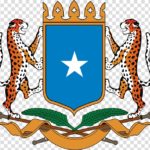 | Government | Federal Parliamentary Republic |
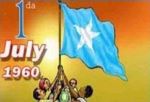 | Independence | 1 July 1960 from a merger of British Somaliland, which became independent from the UK on 26 June 1960, and Italian Somaliland, which became independent from the Italian-administered UN trusteeship on 1 July 1960 to form the Somali Republic. |
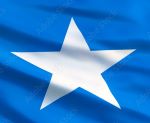 | Flag | Somalia flag consists of a white star on a light blue background. The light blue was inspired by the United Nations flag as it played an intrinsic role in supporting Somalia’s move towards independence. The white star is the Somali national symbol, each of its five points represents a Somali homeland. |
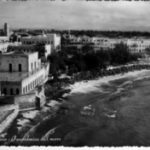 | Capital City | Mogadishu is the Capital City of Somalia |
 | Democracy | From independence on 1 July 1960 Somalia became one the first three democratic countries in Africa although short-lived and lasted only 10 years. Somali was formed as a democratic state with multi-party system from an Italian colony and a former British protectorate. |
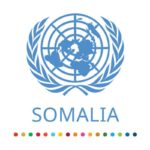 | Memberships | Somali was among the first 55 states that formed the African Union on 23 May 1963. Also, a member of the Arab League since 14 February 1974 and was admitted membership of the United Nations on 20 September 1960. |
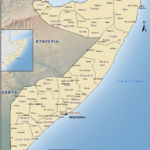 | Coastline | Somalia has longest coastline in mainland Africa on the Indian Ocean and the Gulf of Aden, the coast of the country stretches 3,025 km. The northern and eastern Somali coasts have been open to the outside world for centuries, making trade and cultural connections possible with most of Asia and Far East Asia for thousands of years. |
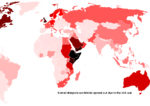 | Economy | Livestock export, Fishing, agriculture and Diaspora remittance are some of the contributors of the Somali economy. Somalia’s camels are the largest in Africa and Somalia has one of the largest Diaspora communities in the world both contributing to the economy largely. |
EXPLORE
THE SOMALI CULTURE
The Somali Identity within the Cushite Family
Understanding the Ethnicity, Heritage and Culture of the Somali People, part of the East Cushitic ethnic group, natives of Somalia, Djibouti, Kenya and Ethiopia and Islam as the dominant religion of Somalia. Majority of 99 percent are Muslims, accepting Islam through introduction as their main faith from the arrival of Islam in the 7th century. Somali is the official Language of the people with only two dialects namely Maay and Maxaa.
The plural nouns are Somali or Somalis, the singular noun is Somali, and also the adjective is Somali. It is important to note that is incorrect to use Somalian as both noun and adjective when relating to Somalia and the Somali people.
EDUCATIONAL RESOURCES
Educators and students to use this this work as an education resources, should understand that the Somalis are one of Africa’s most culturally homogeneous communities, 85 percent of the population comprises of ethnic Somalis. Among the world’s bottommost studied ethnic communities, lacking independent academic support, thus, creating high level of bias of the written historical evidence. Therefore, this modern work challenges the old conventional wisdom entertained by many writers and scholars for so long without academic support; the believe that the majority of the Somalis originate from the Arabian Peninsula and migrations followed a north-to-south route; the reverse of this now appears to be the truth. Somalis belong to the Cushite family called their ancestral homeland the highlands of southern Abyssinia now Ethiopia.
Contemporary archeological, anthropological, linguistics and DNA evolution findings place the Somalis within the wide Eastern Cushite family, some instances described as Hamites. Also, known to the ancient Egyptians mainly as Kush, include Somali, Rendille, Borana and Oromo tribes. Linguistic evidences place the Somalis to the Omo-Tana (named after Omo and Tana rivers) subbranch of the Cushites whose languages are almost mutually intelligible. Somalis are called Sam or proto-Sam from the Omo-Tana subgroup, having split from the main stream of Cushite peoples about the first half of the first millennium B.C.
Modern history evidences refute historian believes and conventional explanations of the origins and evolution of the Somali people. Now, in light of DNA genetic information, scholars recognize historical correlation of the early conversion to Islam and Arab origins is a baseless believe that was reinforced by the distinctive appearance of the majority Somalis.

The Somali History
VISITOR FEEDBACK
Dear reader your feedback is very important to us, please leave a comment and connect with us on social media. Thank you.
Ahmed Adan, Editor in Chief
Author
-
Strategic Communication Specialist and Consultant, graduated from The Ohio State University with Strategic Communication major and Journalism. Follows the social and political changes of the wider East Africa region, with keen interest of the Somali news and issues, with over 12 years media and communication experience in the region.




